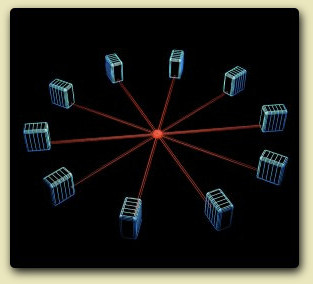Repair Services
Network Security »
Internet Security »
Repair Solutions »
Network Systems »
Backup Systems »
Data Recovery »
Disk Cleanup »
Malware Removal »
Website Design »
Internet Security »
Repair Solutions »
Network Systems »
Backup Systems »
Data Recovery »
Disk Cleanup »
Malware Removal »
Website Design »
Now Available

Smart Phone Repair
& Flashing
Altitude Data offers repair & flashing for most smart phones.
& Flashing
Client References
Bob, Fort Collins
"It's good to know you’re always on deck. When I worked for bigger companies, I
never had IT support like this"
Tyler, Evans "Tammy was very friendly and was able to give me a quote within minutes. Better yet, the quote was less than half of what others had given me. I would recommend her to anyone!"
Tyler, Evans "Tammy was very friendly and was able to give me a quote within minutes. Better yet, the quote was less than half of what others had given me. I would recommend her to anyone!"
Specials
 Save Up to 25% -
Check out our new Prepaid Service Plan
or, the ideal gift, our Gift of Service Plan
Save Up to 25% -
Check out our new Prepaid Service Plan
or, the ideal gift, our Gift of Service Plan
Contact Us


